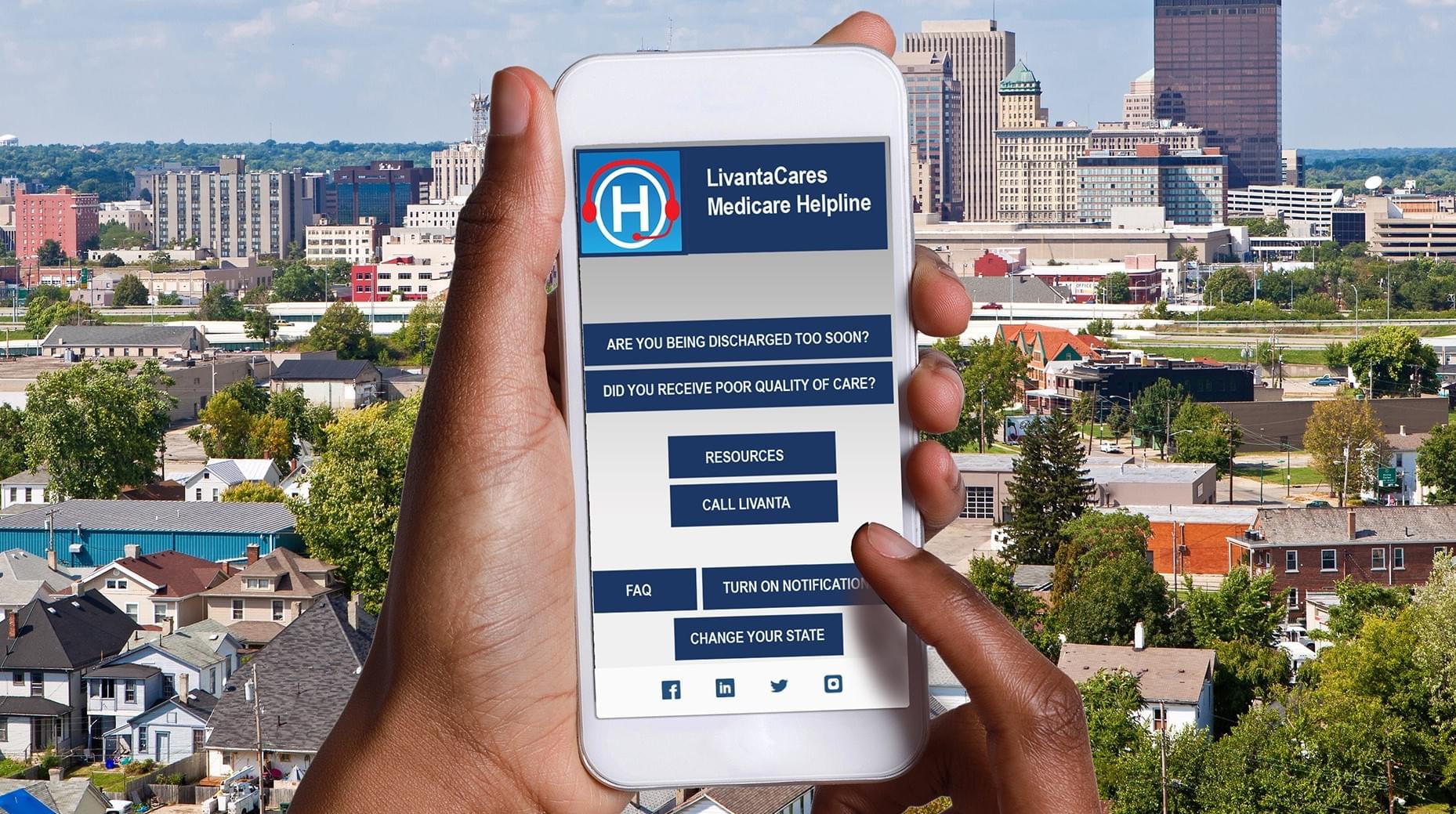Closing the Circle: Knowing What’s Possible Promotes Beneficiary Compliance


As PFE advocates, our best practice for a positive discharge/recovery outcome is closing the information-sharing circle between provider, patient, and advocate. By establishing positive communication and patient liaison services from our first point of provider contact, we can assist in helping to create a safe and successful discharge for our beneficiaries. In turn, the providers will benefit from information that provides them a more detailed understanding of the beneficiary’s specific circumstances and needs. By sharing our information, we can close the gap in provider compliance, which will be most beneficial to a patient’s successful preparation for transitional care.
If providers routinely incorporate best practices for patient-centered discharge planning, we as PFE advocates anticipate a significant reduction in patient noncompliance due to lack of appropriate service provision. As advocates, we foster the sincere belief that astute compliance in discharge planning will lower incidences of injury, recidivism, and re-hospitalization. Article author Gina Westphal, MS, SpcEdPsy, managed the Patient-Family Engagement Program and serves as Communications/Team Lead.
The full text article is available in the September/October 2019 issue of Journal of Healthcare Compliance.




